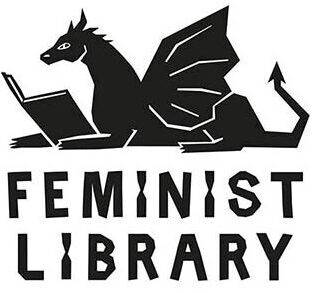LGBTQIA Collection Items
We’ve been going through some of digitised collection in celebration of LGBTQIA History Month. Here are a few highlighting the radical political action going on amongst queers in the 1980s, as well as the centrality of people of colour to these movements.
[ngg src=”galleries” ids=”9″ display=”basic_thumbnail” thumbnail_crop=”0″]Image 1: The Lesbians and Gays Support the Printworkers came together as part of the ‘Wapping dispute’ in 1986 to challenge Rupert Murdoch’s News International group and their treatment of the printworkers, similar to the better-known movement: Lesbians and Gays Support the Miners.
Images 2&3: The ‘Smash the Backlash’ march of 1987 was organised by Haringey Black Action and Positive Images. Positive Images was Haringey council’s pro-LGBT+ educational policy, eradicated by the introduction of section 28 in 1988. This march was one of the first UK protests to highlight the particular issues facing the Black queer community, and was attended in the thousands.
Images 4&5: The Lesbians and Policing Project (LESPOP) was established in 1985 under the umbrella of the Gay and Lesbian Police Monitoring Group (GALOP). Their work focused on how to deal with police raids, rights during demonstrations, as well as other legal advice; much like the radical work being done by Sisters Uncut today. The ‘what to do if the police raid’ poster was also published in Punjabi.
GALOP now operate the only UK nationwide queer domestic abuse support service, although they have been criticised for their pro-legal responses to hate crime, as they are arguably now more invested in police and criminal justice than the activities of LESPOP back in the 80s were.
LGBT+ history in the home of the Feminist Library: Peckham. Queer histories are not always easy to see in Peckham today. Did you know that what is now a church on Old Kent Road hosted Pride events in 1991, when it was still the North Peckham Civic Centre? Or that there used to be a Black Lesbian and Gay Centre under the arches on Bellenden Road?
The fragility of queer histories is made tangible by the fact that this former Civic Centre is soon to be abolished to make way for housing, and the arches on Bellenden Road are now all rented by businesses. All the more reason to come down to the Library and immerse yourself in the extensive periodicals to find the traces of queer histories. For example, this first page within this newsletter from the Black Lesbian and Gay Centre reads: ‘The past few months for the Black Lesbian and Gay Centre have been difficult but rewarding. We continued our regular tasks. Calls were answered from isolated Black lesbians and gay men, those coming to terms with their sexuality, those wanting information, advice or merely to talk to another Black lesbian or gay man.’
Image 6: Southwark Libraries Celebrate Lesbian and Gay Pride 1991 poster, from Bishopsgate digital collection.
Image 7: Black Lesbian and Gay Centre Newsletter from April/May 1995.
